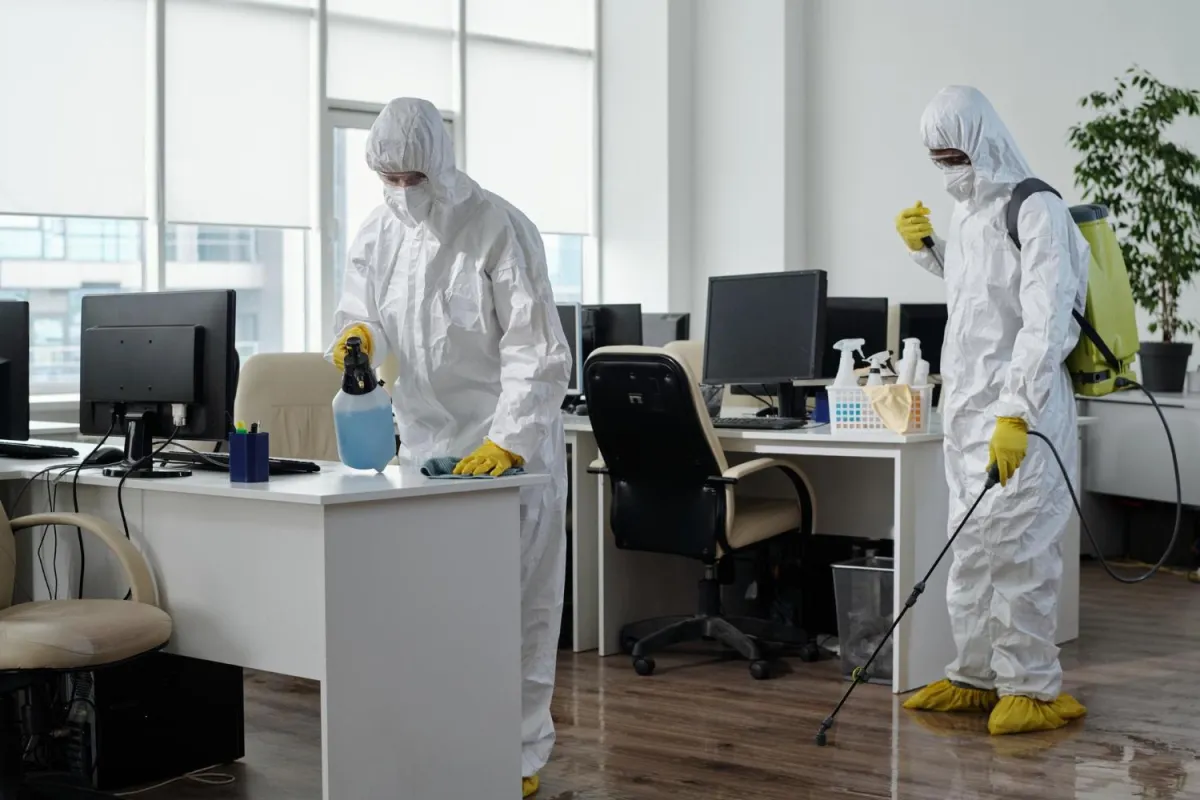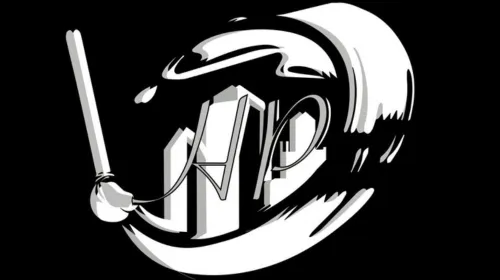WELCOME TO HP Supreme Cleaning
Our Expert Commercial Cleaners Ensure Spotless Spaces
Experience the pinnacle of cleanliness with our commercial cleaning services. Our skilled team of professionals is dedicated to delivering spotless, pristine spaces for your business. We employ cutting-edge techniques and eco-friendly products to guarantee a sparkling environment that leaves a lasting impression on your clients and employees.

ABOUT US
Your Trusted Partner in Cleanliness
At HP Supreme Cleaning, we are more than just a commercial cleaning service; we are your dedicated partners in maintaining a clean, safe, and welcoming business environment. With a wealth of experience in the industry, our journey began with a simple yet profound mission: to make a positive impact on businesses of all sizes by ensuring their spaces shine with cleanliness.
Serving NYC with Passion and Expertise:
Since 2017 I've dedicated myself to exceeding expectations in the NYC and Tri-state Janitorial cleaning industry. Combining my 15 years of retail/management experience and hospitality background, I lead HP Supreme Cleaning with a relentless pursuit of detail, efficiency, and exceptional customer service.
People First, Service Foremost:
Building strong relationships with our clients is at the heart of what we do. We listen attentively to your needs and tailor our services to exceed them. Fostering a positive and empowered work environment for our team is equally important. This results in motivated staff, consistent quality, and lasting client satisfaction.
Innovation at the Core:
The cleaning industry never stands still. I maintain a keen eye on emerging technologies, green cleaning practices, and evolving regulations. We proactively adapt and implement innovative solutions, ensuring our services remain at the forefront of the industry.
Investing in Your Success:
Partnering with HP Supreme Cleaning means partnering with a leader who is passionate about your success. We combine extensive experience, continuous learning, and a people-centric approach to deliver outstanding service that enhances your facilities and reflects your brand values.
Experience That Matters
Sustainability at Heart
24/7 Support
SERVICES

CLEANING FOR RETAIL LOCATIONS
Elevate the cleanliness standards of your business effortlessly with our expert team specializing in a range of retail cleaning tasks. From pristine restroom areas to adept handyman services, meticulous high dusting, sparkling awnings and windows, all the way to the steadfast commitment of nightly janitorial services – we ensure a consistently clean and healthy work environment for your enterprise. Trust us to maintain the shine and hygiene, leaving you to focus on what truly matters – your business's success.

CONSTRUCTION CLEANUP
Amidst a construction hustle, let us seamlessly handle the aftermath. Our dedicated team specializes in the cleanup of construction sites within retail spaces, offering a comprehensive range of services. From clearing debris with precision to awning and window cleaning, buffing and waxing floors to a brilliant sheen, expert floor polishing that reflects perfection, all the way up to adept high dusting – we ensure every corner sparkles with cleanliness and safety. Twice the debris removal? No problem. Trust us to turn the construction zone into a spotless, polished haven.

Emergency Cleaning & Sanitization
In the face of unexpected chaos, rely on our swift response and expertise in emergency cleaning. From tackling troublesome toilet backups to handling challenging water intrusions, overwhelming flooding, and the effects of storm damage – count on us to swiftly restore order and cleanliness. Our dedicated team stands ready to alleviate your stress, promptly addressing emergencies with precision and care.
TESTIMONIALS
FAQS
How can I request a quote for your commercial cleaning services?
Requesting a quote is easy! You can reach out to us through our website's contact form, call our dedicated customer service team at 917-341-7655, or send us an email at [email protected]. One of our friendly representatives will promptly get in touch with you to discuss your specific cleaning needs and provide you with a customized quote tailored to your requirements.
Are your cleaning products safe for the environment and my employees?
Yes, absolutely. At HP Supreme Cleaning, we are committed to environmentally friendly practices. We use eco-friendly cleaning products that are safe for both the environment and the health of your employees. Our cleaning solutions are non-toxic and free from harmful chemicals, ensuring a clean and healthy workspace for everyone.
How often should I schedule professional commercial cleaning for my business?
The frequency of cleaning depends on the nature of your business and your specific needs. Typically, businesses benefit from daily or weekly cleaning services to maintain a consistently clean and presentable environment. However, we understand that every business is unique, so we offer flexible scheduling options. Our team can work with you to determine the most suitable cleaning frequency based on your operations and preferences.

